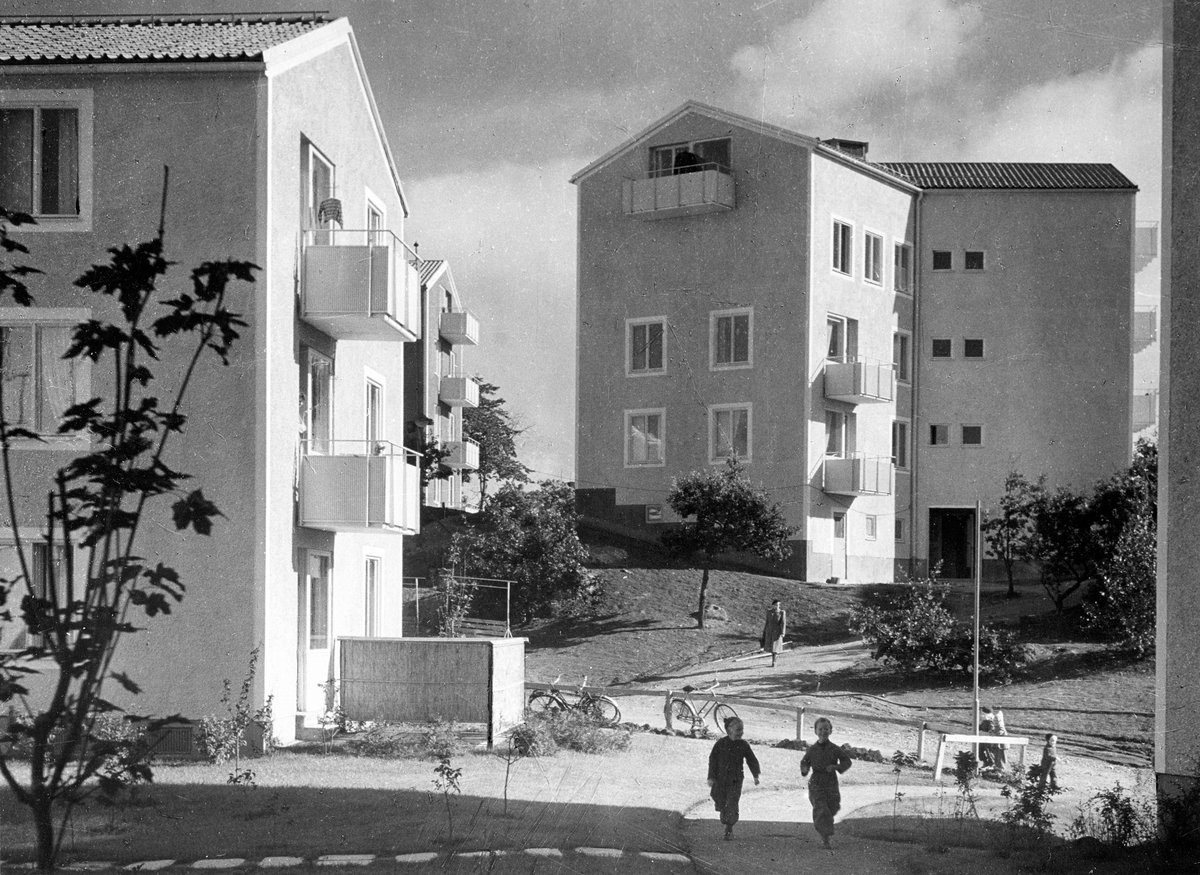Designing Urban Welfare
This seminar week aims to broaden our understanding from ‘welfare architecture’ to ‘welfare landscapes’, and to explore the role of urban design in shaping these landscapes
The role of architecture in materializing the political agenda of welfare societies continues to inspire today. While it is well understood how the welfare state gave rise to public housing programs and specific building typologies such as cultural centers and leisure infrastructure, the role of urban design in shaping these various elements into urban living environments is less well known. In line with recent scholarship on so-called ‘welfare landscapes’, this seminar week aimed to broaden our understanding from ‘welfare architecture’ to ‘welfare landscapes’, and to explore the role of urban design in shaping these landscapes.
Taking the urban history of Stockholm as our guide, we visited a series of emblematic projects from the 1930-40s, when the Social Democrats started to formulate the Folkhemmet ideology (the state as ‘the People’s Home’), to the 1950s so-called ABC towns, the 1960-70s Million Programme housing, and to the various urban developments from the 1980s to today, when welfare state policies started to be eroded by neoliberal logics.
We are grateful to our various guides and discussion partners that have made this seminar week a success: Adrià Carbonell, Anna Livia Vørsel, Chero Eliassi Sarzeli, Stockholm City Museum, Tensta Konsthall, Spridd, Ola Broms Wessel, Boodla, Jennifer Mack, Mångkulturellt Museum Fittja, Alejandra Navarrete Llopis, Elfvinggården residents, Catharina Gabrielsson, Kvarnholmen Utveckling AB, Frida Rosenberg, and ArkDes.
Tutors: Prof. Dr. Tom Avermaete, Dr. Sebastiaan Loosen
